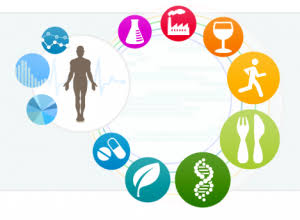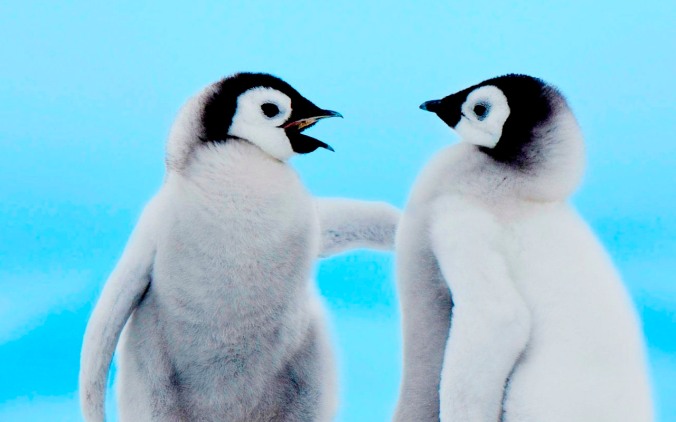We live in an age that demands access to fast, easy information. This extends not only to the world around us, but also to our internal workings. As first-world society develops, an ever greater emphasis is put on tracking your behaviours, from sleep habits and what we buy to heart rate. This raises the question, what are we getting out of this detailed data collection, and is it possible it’s doing more harm than good?

There is a greater push to quantify everything we experience.
Just like almost everything is life, making a decisive call on the effect of self-quantifying will only be made clear in hindsight. The movement has sprung from rapidly developing tracking hardware and software, which has made the collection of personal data almost automatic. We can say with a large degree of certainty that self-quantification has helped those such as Dana Lewis, who was diagnosed with type 1 diabetes at the age of 14. Constant vigilance and awareness of her internal state has allowed her to live a full and happy life, free from most of the serious health implications usually associated with the disease.
What about us that have the choice to self-quantify?
The movements followers adamantly insist that such tracking allows the individual to both learn about themselves, and helps them take the right actions to improve their lives. This suggests that there is a set way, or formula, for each individual to live, but from where do we draw these standards? Humans are a diabolically unpredictable lot, and in this unpredictability comes the spice of life.
By placing the success and well-being of our lives down to statistical data, are we not ignoring what it is to be human? Many of the world’s most recognizable figures are frightened of the possibility of artificial intelligence becoming too human-like. In the face of self-quantification, my fear is instead that humans are becoming too like computers. Self-quantification fails to consider the natural variation of life, rather choosing to seek consistency in humans that are so often inconsistent.

The collection and comparison of data places the expectation on the user that everyday has to be equal or better than the day before.
Whilst this can be a good thing, leading to healthier life choices, it ignores the fact that life is messy. By expecting a certain consistency we are trying to deny the existence of bad days, of life’s little surprises. By setting ourselves constant goals we’ve shut ourselves off to spontaneous moments. In collecting data about our day are we taking the importance of the experiencing life and replacing it with the importance of how the numbers stack up? What chances are we robbing ourselves of in the aim of getting a nice looking pie-chart on our phone screen?
Many have made the change to stop tracking. Alexandra Carmichael is just one example of a person that realized that self-worth comes from more than the numbers on a screen. In fact, these numbers can sometimes actually decrease a subjects sense of self worth as they don’t “measure up” to the desired numbers.
The main problem with self-quantification is, and probably always will be that data presently- however nicely in a spreadsheet- doesn’t automatically insight change in it’s subject. Only through real-life hard work and a large dose of motivation does the participant actually gain anything from the information they’ve gathered, other than the disappointment or reassurance of the original data.
This is not to say that self-quantification is inherently bad. Ignoring the fact that “good” and “bad” are societal constructs in the first place, all technology is of a neutral standing until the user or their environment decides otherwise. As seen in the case of Dana Lewis, and many others- most without a serious illness- that have undergone serious positive changes with the aid of self-quantification, it can help some.
The trap of self-quantification is that it can’t help everybody.
The way tracking devices are often marketed is that simply by owning the device your health will improve. Research suggests that one such tracking technology- fit bits- are only effective when the user already has motivation to exercise, and does little to encourage those with low levels of inspiration. So what happens to those people that track their activity without making any serious changes?

Many trackers use 10, 000 steps as a bench mark for success. This creates a mold in which a variety of humans will all try to adhere to. For already very active people, walking 10, 000 steps will do nothing to improve their fitness. For inactive people, anywhere between 8, 000-10, 000 steps will have a positive effect. Yet fit bits, for all their acclaimed power, do nothing to automatically adjust these numbers. Rather the perceived failure of users to conform to these expectations may be doing more harm them good to their overall well being.
Even those with motivation are often confused as to what to do with the information they’ve generated. Tracking heart rates seems important, however the knowledge of what your heart rate should be and how it should respond to different activities is not widely known. This means that for all their good intentions, most of the data collected by trackers often falls into a void of misunderstanding.
The most important thing to remember when considering self-quantification is that all humans are unique.
To say that self-quantification is harmful to everyone would be just as false as saying the inverse. Rather individuals must find their own way. There is no one solution-or product- that will offer the secret to a happier and healthier life, rather a combination of personal and environmental factors.












